Morning Eye Candy Summer Color Week: White
Posted in Photography on July 17 2011, by Ann Rafalko
Celebrating the explosion of color that is the summer garden, one hue at a time.
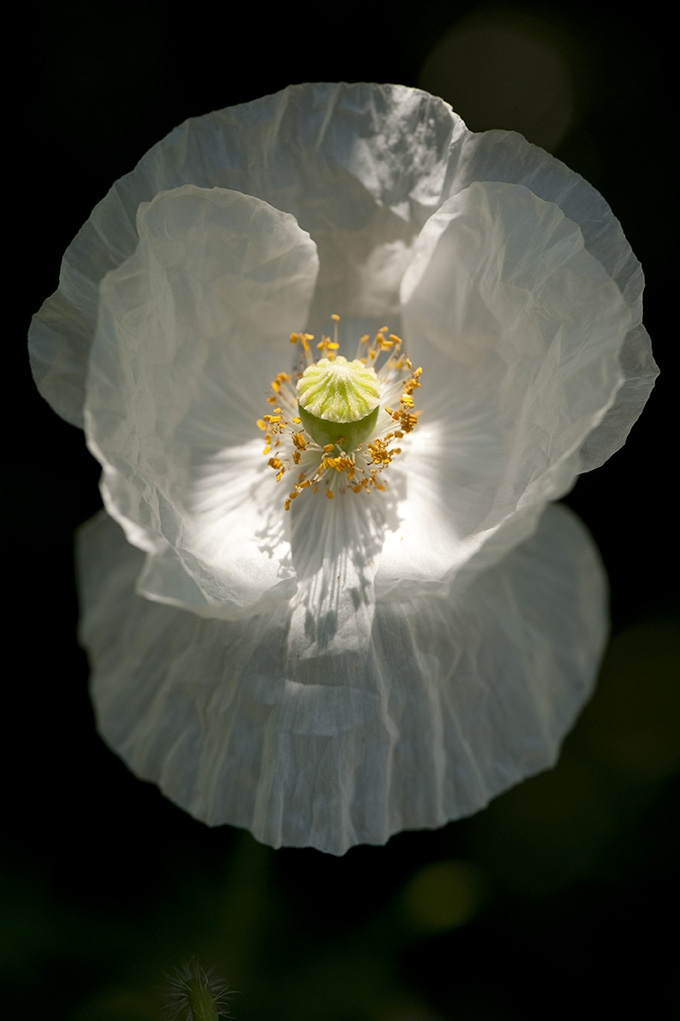

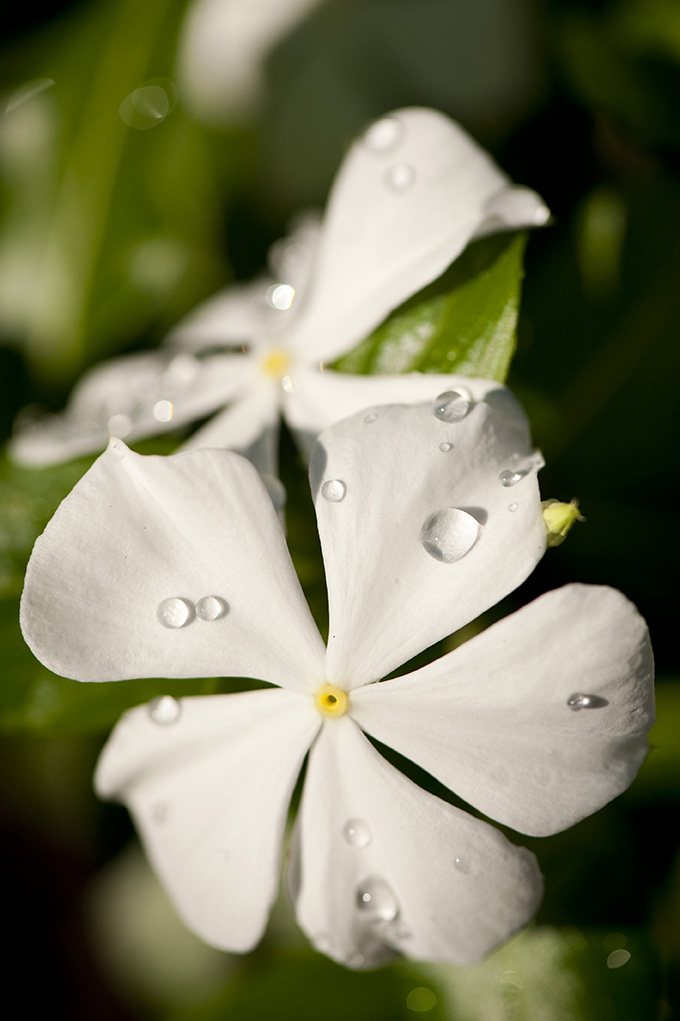
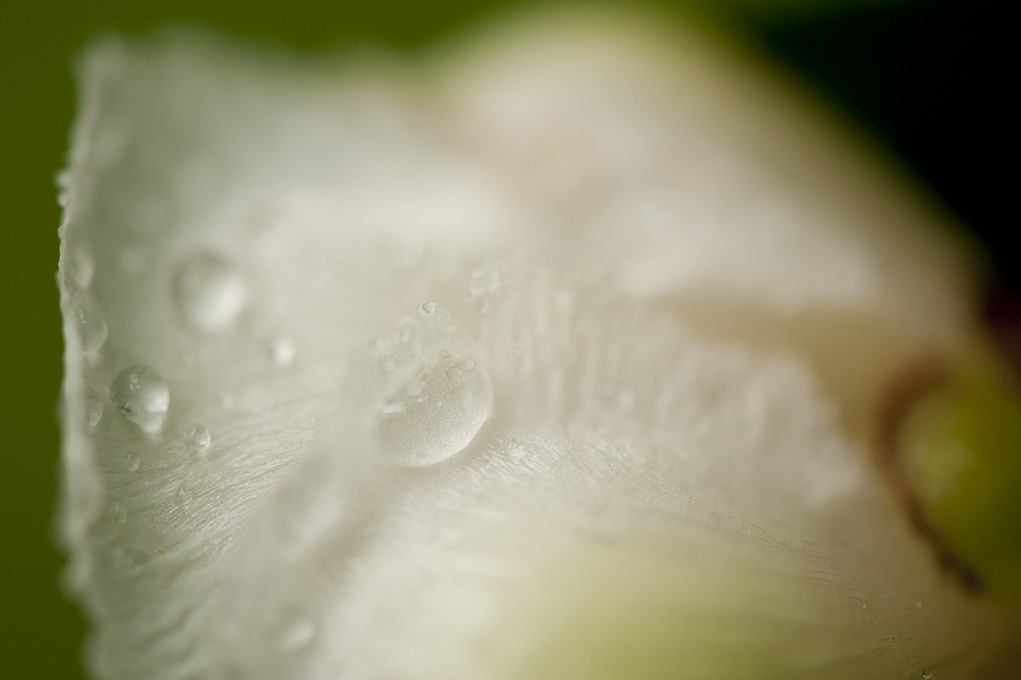
Photos by Ivo M. Vermeulen

Inside The New York Botanical Garden
Posted in Photography on July 17 2011, by Ann Rafalko
Celebrating the explosion of color that is the summer garden, one hue at a time.




Photos by Ivo M. Vermeulen
Posted in Photography on July 16 2011, by Ann Rafalko
Celebrating the explosion of color that is the summer garden, one hue at a time.
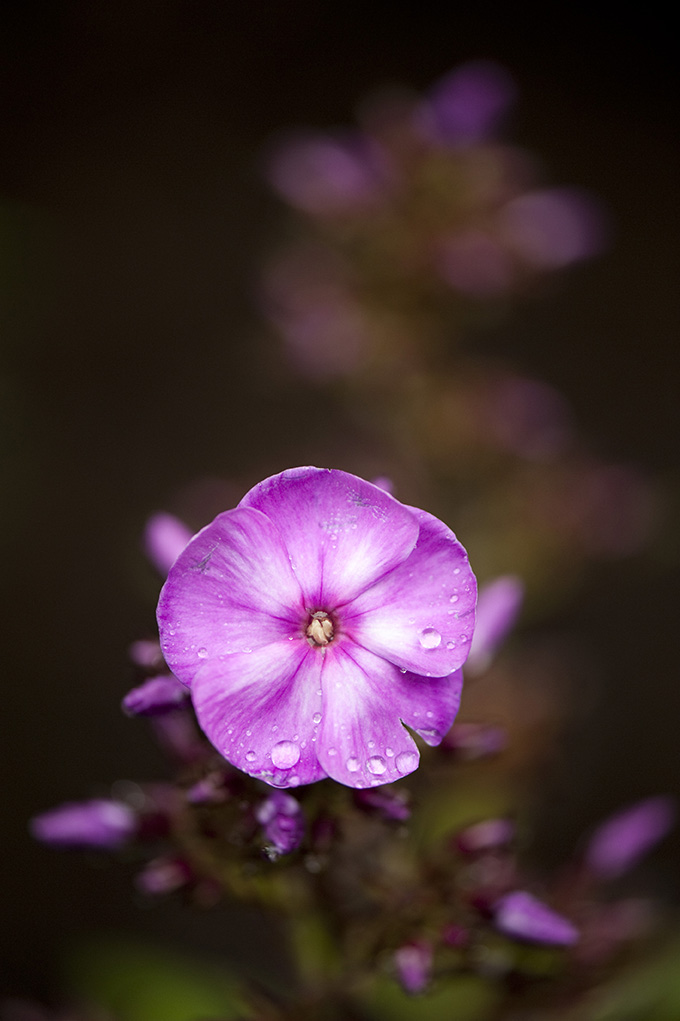
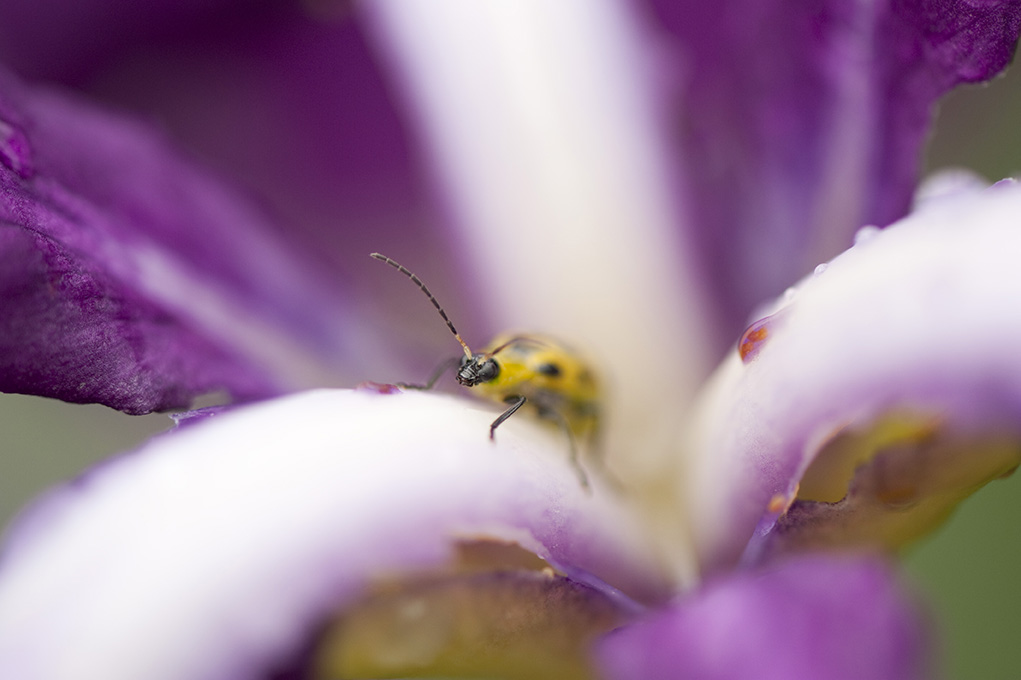
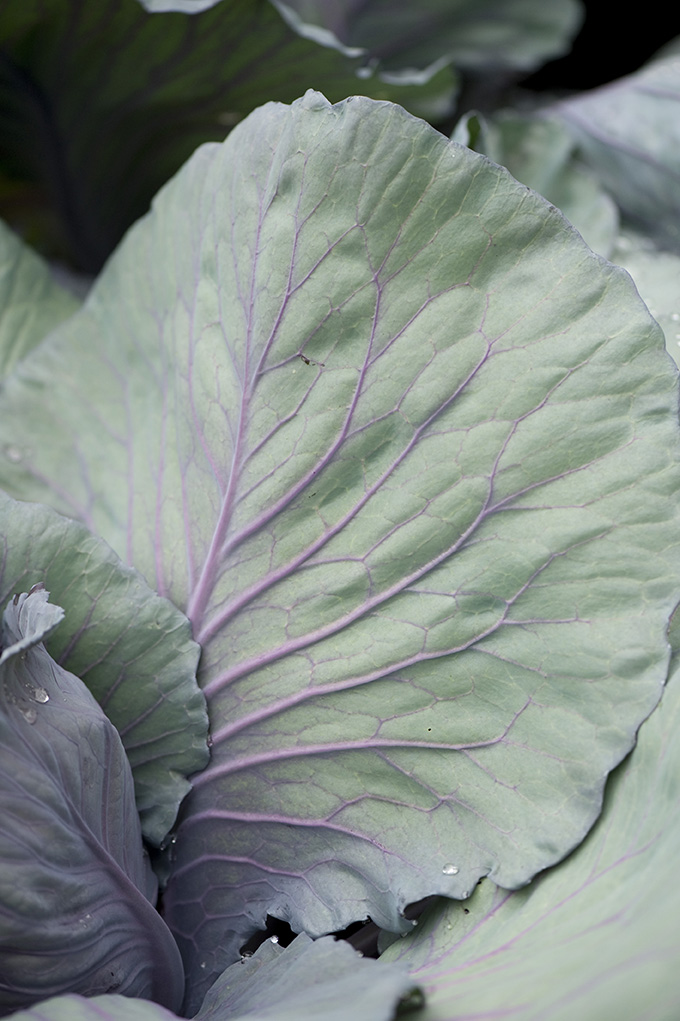
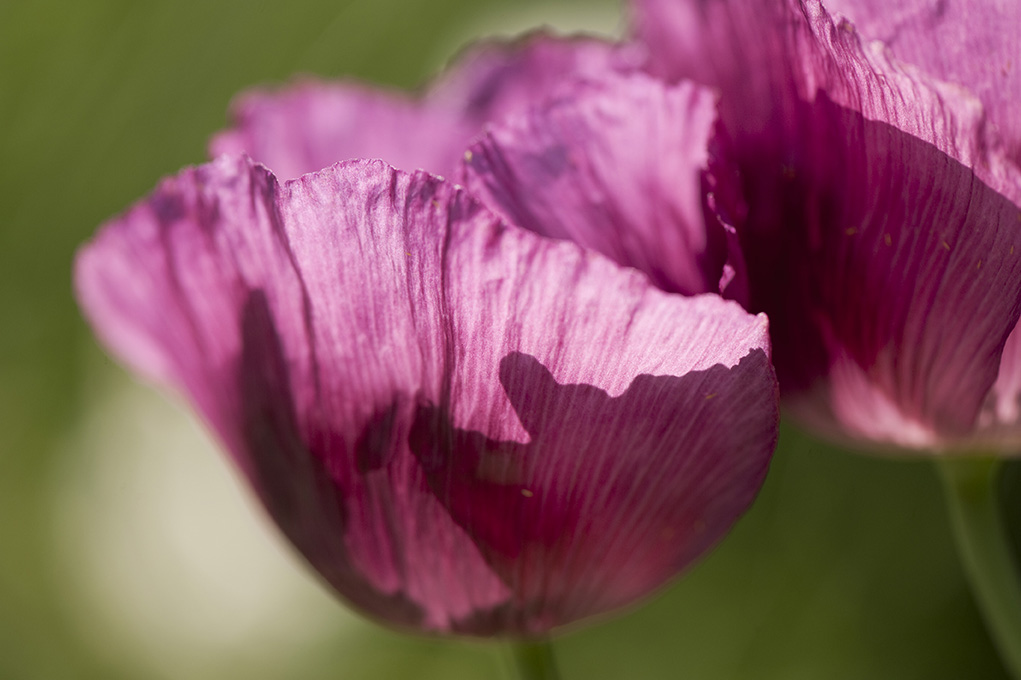
Photos by Ivo M. Vermeulen
Posted in Behind the Scenes on July 15 2011, by Ann Rafalko
Hello from Leah and Francesca! We are high school students interning for the summer here at The New York Botanical Garden. We are working on research projects for science competitions like the Intel Science Talent Search (Another NYBG high school intern’s project made it into the finals of this prestigious competition this year!). We will both be seniors in September, Leah Buchman at South Side High School in Rockville Center, and Francesca Giordano at Yorktown High School. This summer we are both working on an expansion of projects that we began in the summer of 2010.
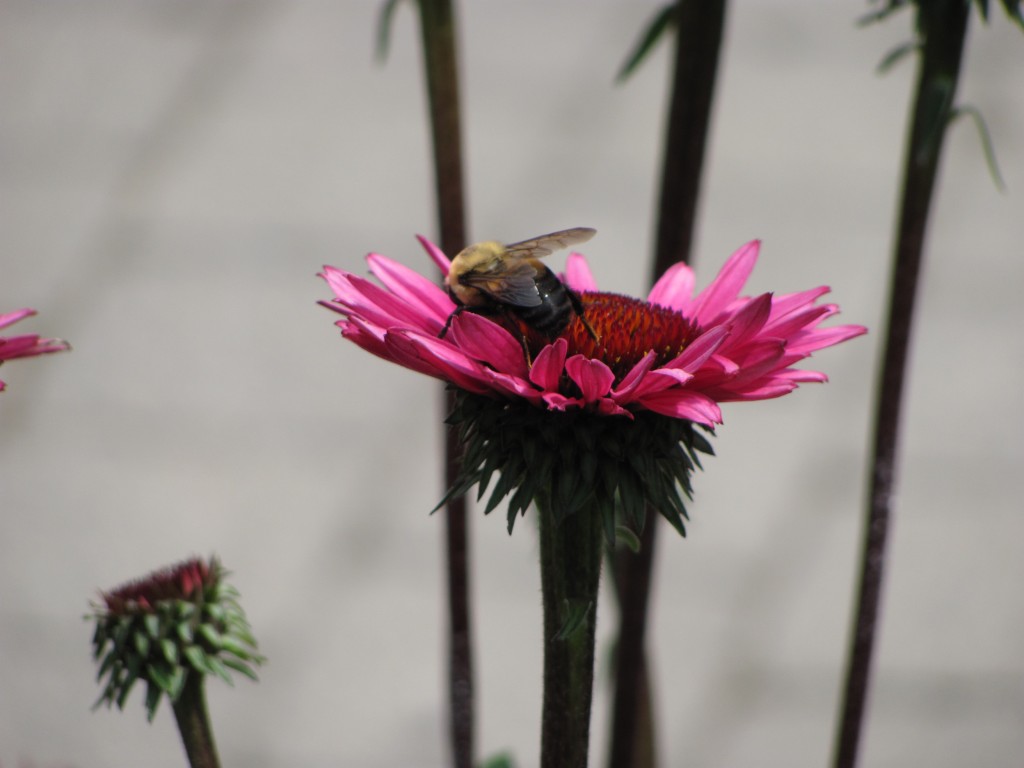
Leah’s Project
Last summer, I did a study on the diversity of bees within different areas of the Garden. I caught bees in 10 areas of the Garden and learned to identify the bees with help from Dr. John Ascher at the American Museum of Natural History. Using four different indices of diversity–evenness, abundance, richness, and Shannon-Weaver diversity–I was able to conclude that there is a higher diversity of bees in areas that have a greater diversity of flowers.
The specific area of the Garden that has the highest diversity is the Seasonal Walk. This summer I am looking at the gender of bees to see if there is any correlation to the flowers visited. For example I am hoping to answer questions like: Do male bees go to certain flowers while females go to others? Feel free to come stop by and say “Hi!” I will be the girl with the net and bright colored bowls in the Perennial Garden, Ladies Border, Seasonal Walk, and Home Gardening Center this summer.
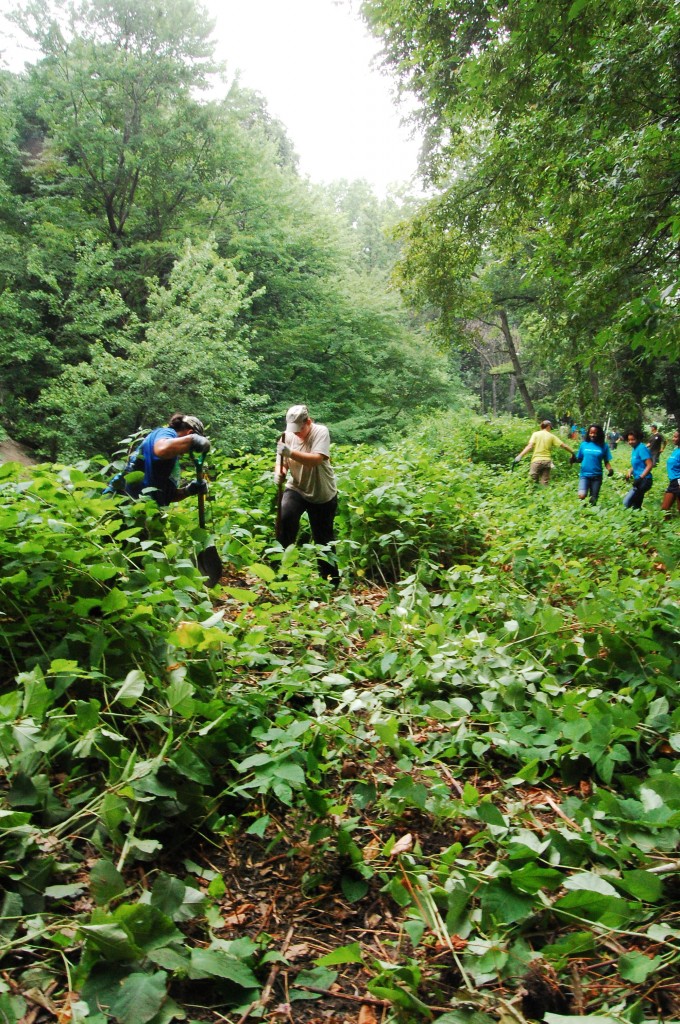
Francesca’s Project
My research is a study on management of the invasive plant, Japanese Knotweed. Now you’re probably thinking: What is an invasive plant? Little did you know, but plants can be pretty vicious, especially Japanese Knotweed. It is a non-native plant that grows rapidly and blocks sunlight from reaching desired plants. Japanese Knotweed is also known for having an underground stem called a rhizome. This rhizome contains the stores of energy that the plant uses for growing, plus additional reserves. The rhizomes contain enough energy to allow one plant to sprout over 250 shouts just from a single underground stem! Our goal is to increase the diversity of the native plants along the Bronx River by using best management practices to control the Japanese Knotweed.
What we found so far is that two treatments–cutting and grubbing the Japanese Knotweed–are equally effective. In phase two, which is the project I am working on this summer, we will be repeating the same treatments from last year in the hope that they will further weaken the persistent Japanese Knotweed and increase native plant diversity. These plots are located long the Bronx River bank just south of Magnolia Way Bridge. Come check it out and see for yourself! I am also being assisted in my field work by the Explainers and the School of Professional Horticulture, and by volunteers including groups from American Express, Goldman Sachs, and Christodora.
We hope to see everyone here this summer!
Posted in Photography on July 15 2011, by Ann Rafalko
Celebrating the explosion of color that is the summer garden, one hue at a time.
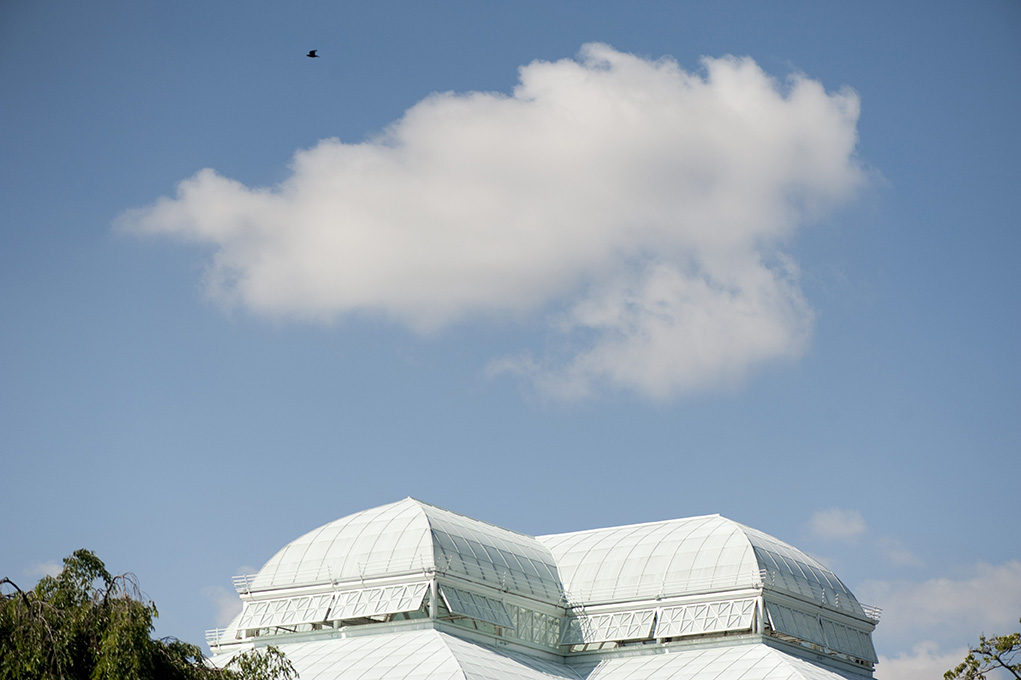
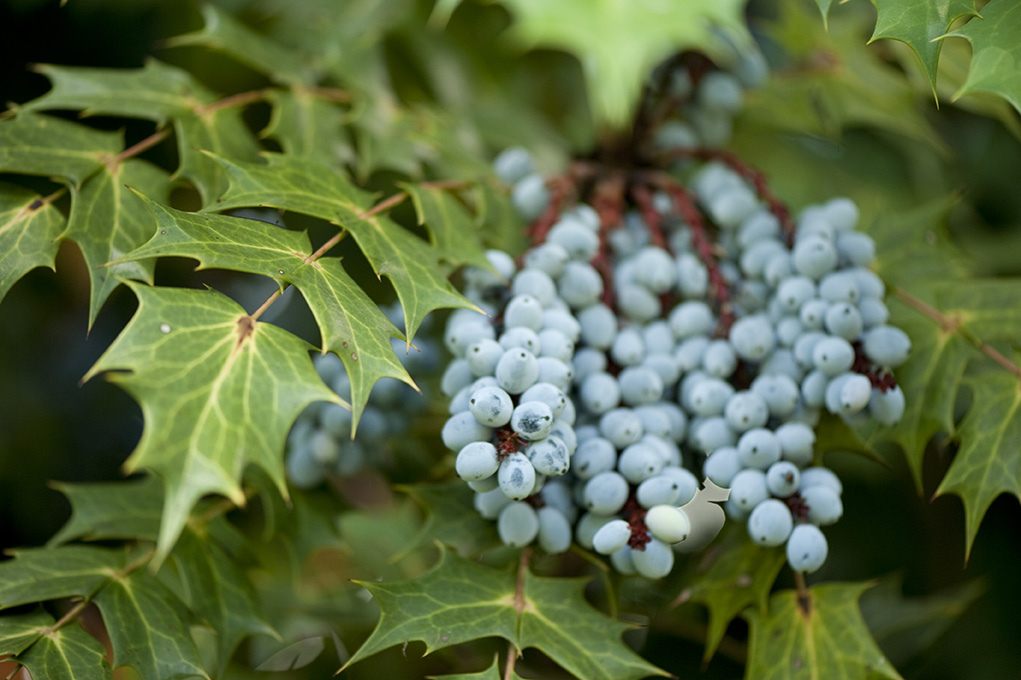
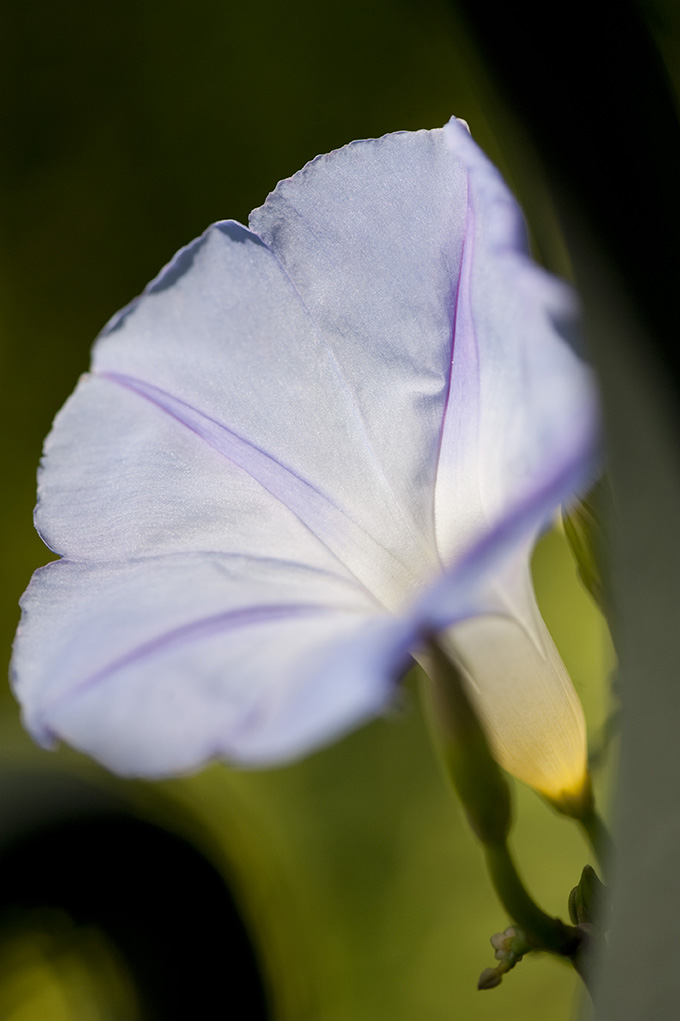
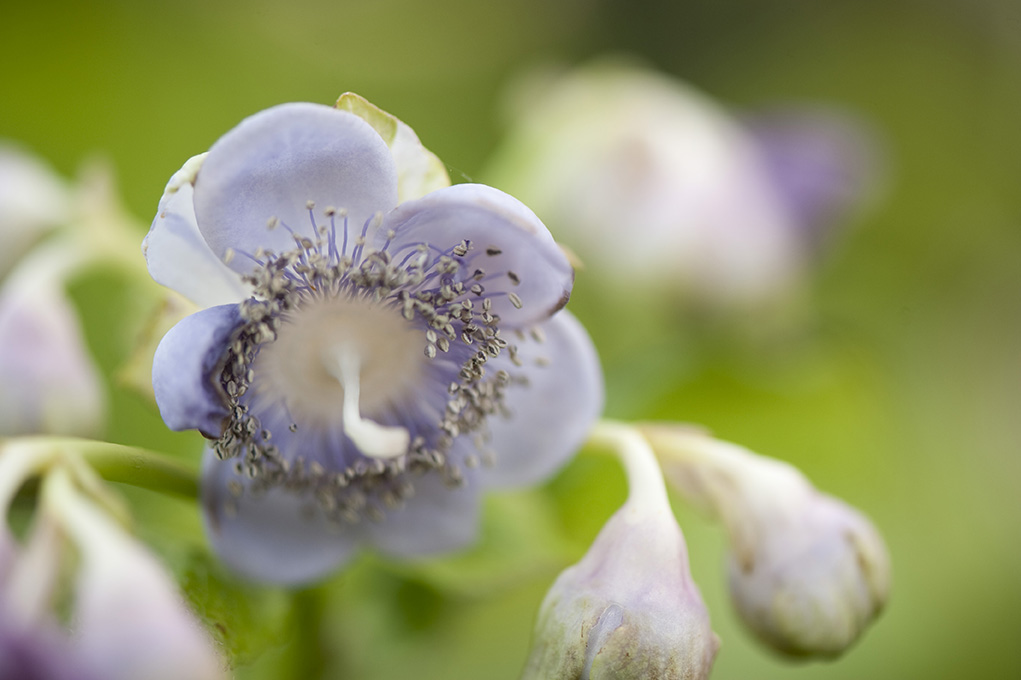
Photos by Ivo M. Vermeulen
Posted in Gardening Tips on July 14 2011, by Sonia Uyterhoeven
 |
Sonia Uyterhoeven is Gardener for Public Education. |
Now that you have the perfect container for your summer container garden, it’s time to think about what to put inside it.
Snapdragons (Antirrhinum) are a terrific addition to an early season annual display but unfortunately once the heat of summer is upon us they tend to fade quite quickly. An easy solution to recapture the look of elegant vertical spires covered with blossoms is to swap them out with summer snapdragons (Angelonia).
This year in the Home Gardening Center our first Trial Bed is full of a number of varieties of summer snapdragons. There are two cultivars in this bed that I am unfamiliar with and am excited to watch them grow.
One is the cascading Angelonia ‘Carita™ Cascade Raspberry’. It reaches only 8-10 inches tall, yet spills over to form a 20 inch cascading mound. It doesn’t require any deadheading and like other summer snapdragons it is deer resistant and heat and drought tolerant. This is a candidate that would be ideal spilling over the edge of a container or at the front of a border. It would partner beautifully with a dark-leaved coral bell (Heuchera).
The other cultivar is called Angelonia ‘Serena™ Lavender Pink’. She gets 10 to 12 inches tall and just as wide. ‘Serena™ Lavender Pink’ has already filled out beautifully in the garden and formed a nice clump. The lavender pink color of the blossom will blend with just about anything. This cheerful annual looks genteel with the silvery foliage of trailing licorice plant (Helichrysum petiolare) and white fan flower (Scaevola ‘Bombay White’).
Other summer snapdragons in the Trial Bed are from the AngelFace® and AngelMist™ series. These summer snapdragons tend to be 18-24 inches tall and fill out beautifully during the course of the summer to form a substantial plant. The other year I accidentally paired the bicolored (purple and white) ‘AngelFace® Wedgewood Blue’ with an apricot nasturtium (Tropaeolum ‘Tip Top Apricot’) for a beautiful display.
While these summer snapdragons are advertised as requiring no deadheading, they do benefit from occasional deadheading which cleans them up and encourages more new growth. They will grow and flower profusely regardless. While they can handle drought they also grow well in average garden soil. This is an easy, no fuss annual that performs consistently all season long.
See a slideshow of the Home Gardening Center’s Angelonia below!
[Not a valid template]
Posted in Around the Garden, Mario Batali's Edible Garden on July 14 2011, by Anthony Sasso
Mario Batali’s Edible Garden in the Ruth Rea Howell Family Garden features the celebrity chef’s favorite ingredients. In Batali’s Berry Patch; the Otto Pizza Garden; and the Babbo Beets, Beans, Garlic, and Greens Garden, kids and families can learn all about the benefits of vegetable gardening and using fresh produce in daily meals. We asked the chefs at Mario Batali’s restaurants to give us some insight into how they love using the ingredients being grown at the Garden. First up, Anthony Sasso Chef de Cuisine at Casa Mono tells us how he likes to use strawberries (as featured in Batali’s Berry Patch), and Chiogga beets (as featured in the Babbo Beets, Beans Garlic and Greens Garden) in a simple summer salad.
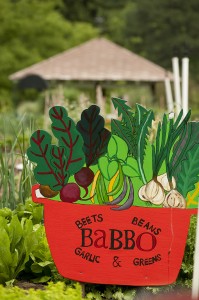 In New York, we get pretty excited about the first culinary signs of the season. Winter, spring, summer, and fall are pretty well defined in the Northeast. So as soon as a fruit or vegetable makes its debut at the local farmers market, chefs are instantly motivated to come up with new ideas and get their hands on what’s in season before anyone else. In the spring, after long cold months of winter squash and mushrooms and potatoes (brown, brown, and brown), that means we get to look forward to ramps, asparagus, snap peas, and anything else green!
In New York, we get pretty excited about the first culinary signs of the season. Winter, spring, summer, and fall are pretty well defined in the Northeast. So as soon as a fruit or vegetable makes its debut at the local farmers market, chefs are instantly motivated to come up with new ideas and get their hands on what’s in season before anyone else. In the spring, after long cold months of winter squash and mushrooms and potatoes (brown, brown, and brown), that means we get to look forward to ramps, asparagus, snap peas, and anything else green!
Similarly, there are a few things that offer hints that summer has arrived (besides ice cream trucks on every corner), like strawberries. Strawberries have a way of popping up (especially the wild ones) after the first few consecutive days of really warm weather. In New York, that means towards the middle or end of June. And I think I speak for most chefs when I say that we have a hard time coming up with unique ways to use them creatively in savory dishes. Strawberries are sweet and tart, beautiful to look at, juicy, and small enough to use whole, yet they are usually given to the pastry kitchen to be used as a topping for sundaes, as a condiment to shortcake, or cooked down with sugar until they become jammy for cheesecake. I have used them before by pureeing the fruit into a sauce to dress poultry, or simply mixing them with balsamic and sherry vinegar as an accompaniment to our house-made charcuterie.
This year though, we wanted to leave them uncooked and intact, so I started to play around with raw strawberries. I sprinkled them with just a touch of sugar (this lets the berries sweat out their juicy interior) and lemon juice and paired them with our baby beet salad, in which we use Chioggia beets as the main ingredient. This heirloom beet variety has that same great earthy taste as red beets, but tend to be a little bit sweeter and are quite a sight to behold when peeled and cut in half. Inside they have a colorful swirl pattern that best resembles a trippy Grateful Dead bumper sticker (sorry, I’m from Woodstock). Their greens are really delicate and can be cooked down as a nice side dish. The stems are crunchy and make a great snack, or a surprise addition to a crudité platter. They’re easily one of our favorite vegetables at Casa Mono because of how versatile they are. I suppose beets embody the “nose to tail” ethos of the garden, meaning you can use every part in the kitchen.
So when you taste the two together, the match is pretty surprising. The beets are firm and rich and the juicy strawberries lend great sweetness. We pair them with a thickened Greek-style yogurt spiced up with Shiso (Perilla) leaves and garnish it all with summer squash blossoms and basil leaves. A trip to the garden can turn into the perfect summer lunch.
Posted in Photography on July 14 2011, by Ann Rafalko
Celebrating the explosion of color that is the summer garden, one hue at a time.
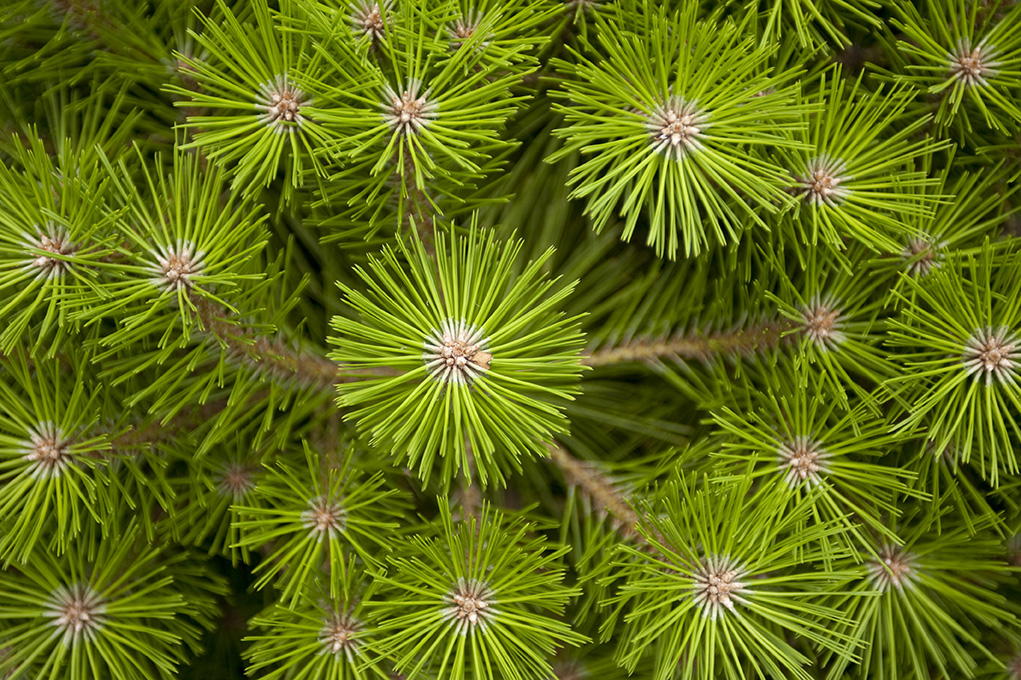
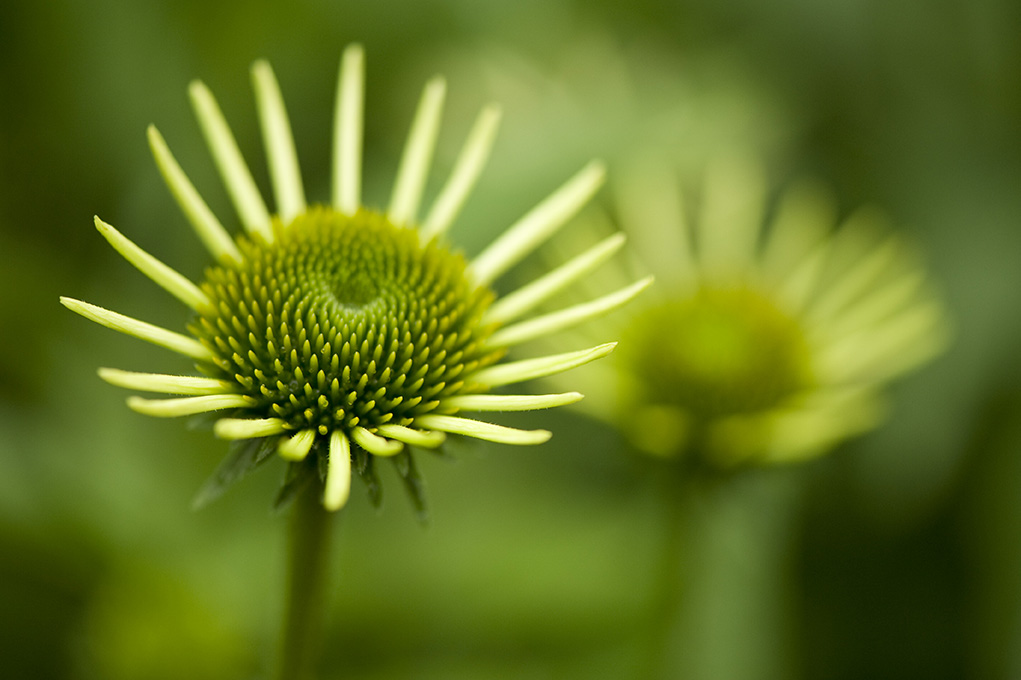
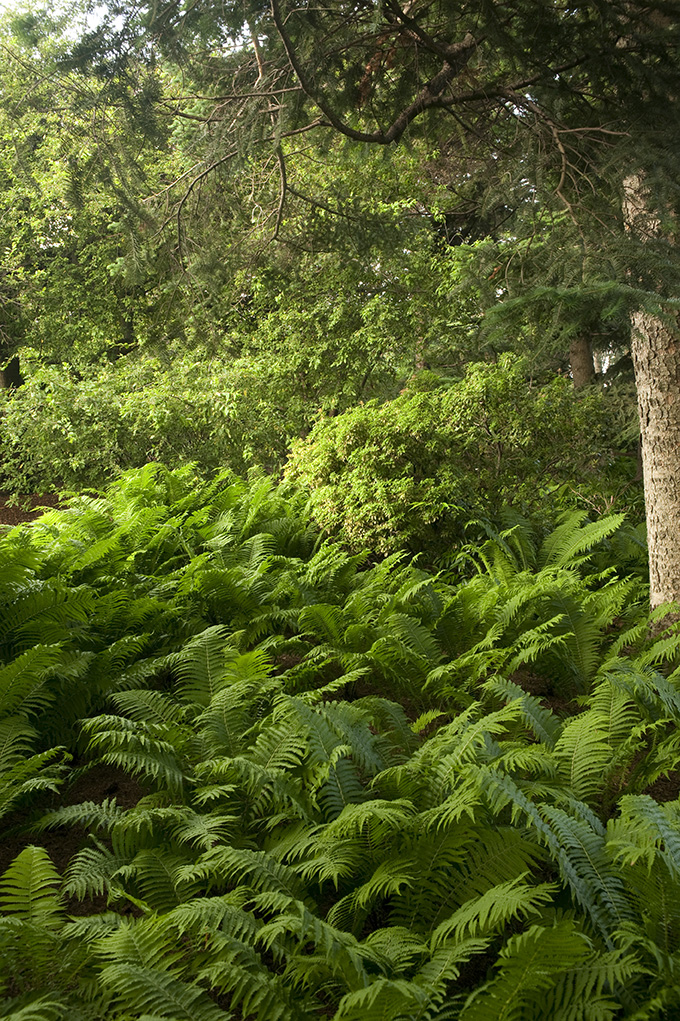
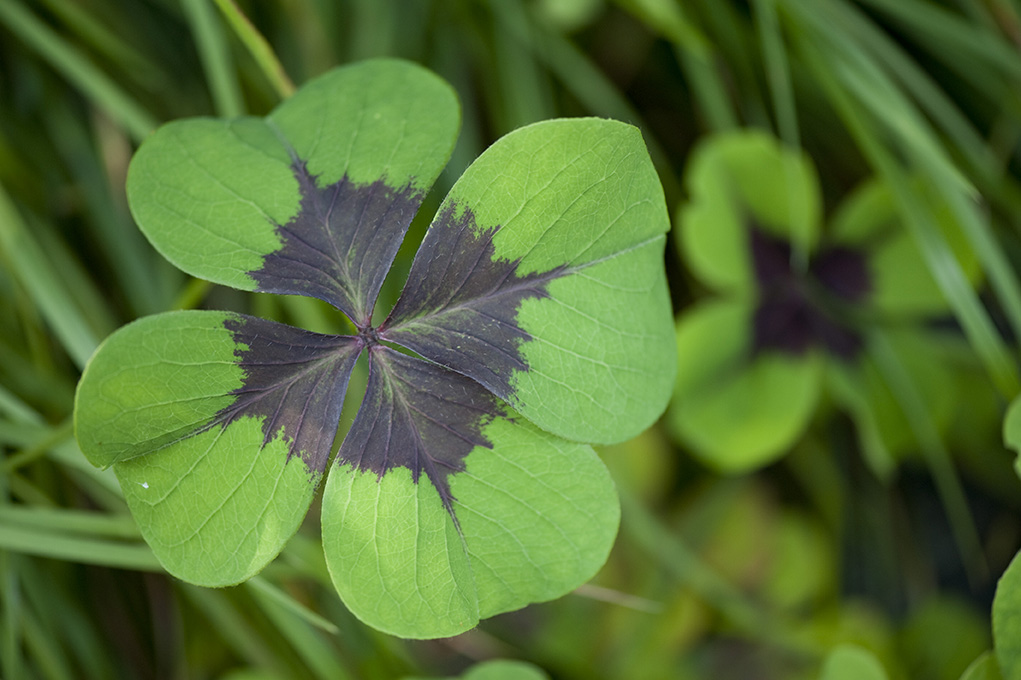
Photos by Ivo M. Vermeulen
Posted in Learning Experiences on July 13 2011, by Ann Rafalko
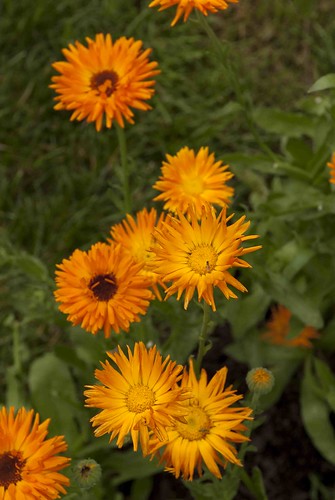
Did you catch that story in the New York Times last week about the “modern apothecary?” Did you think to yourself, “That’s all well and good, but what I’d really like to do is learn to make my own skincare?” And why shouldn’t you? You grow your own organic vegetables, cook them with carefully selected ingredients from locally sourced purveyors, you take your vitamins, drink herbal tisanes, and do yoga; you take special care of your inside, so why shouldn’t you take special care of the outside, too? And what could be more natural, or more local, than skincare you make yourself, from ingredients you grow yourself? Forget “farm-to-table!” You’re all about “garden-to-dressing-table!” But where to start?
On Tuesday, July 26, the Garden’s Adult Education department will be hosting a workshop at our beautiful Midtown Center, Herbal Spa Workshop: A Natural Approach to Beautiful Skin, from 6:15-8:15 p.m. The class, taught by herbalist Ursula Basch, will teach you how to use natural products to make herbal clay masks, moisturizers, lip balms, skin toners, foot scrubs, and more. You will also design your own essential oil blend and have the opportunity to sample various products, including the herbal clay mask, so dress appropriately! The class is $61 for Members, $65 for non-Members. The price includes a $20 materials fee.
So grab a girlfriend and learn about the next big trend in locavorism! The Midtown Center is located just two blocks away from Bryant Park, so after your evening of pampering, you can make an evening of it, and head over to the park and listen to live jazz under the stars (see listing for July 26).
Posted in Bill Buck, From the Field, Science on July 13 2011, by William R. Buck
Ed. note: The blogging bryologist, Mary Flagler Cary Curator of Botany, Bill Buck, is back! This time, Buck is reporting from Tasmania where he is researching mosses for a week before flying to Melbourne for the International Botanical Congress.

July 12, 2011; Hobart, Tasmania, Australia
The rain forest earned its name today! You could tell from first thing in the morning that there would be a light, steady rain all day; and it lived up to expectations. We left Hobart after breakfast and headed south to the “Southern Forests” region on the northern edge of Hartz Mountains National Park. Our first stop was the Arve River Picnic Area. Here a short trail, billed as only a 10 minute walk, winds through an incredibly lush but open rain forest. Almost every surface is mossy: the forest floor is carpeted with particularly large mosses, and the fallen trees, many more than 6 feet in diameter, are covered in a diverse mantle of bryophytes. Even the smallest twigs host even tinier epiphytes. The filtered light, more hues of green than I ever knew existed, and the velvety texture of moss-covered surfaces make the forest almost surreal. It looks like a set from Lord of the Rings. For those who have never seen a Southern Hemisphere temperate rain forest, you couldn’t ask for a better introduction. There is something new at each turn of the trail and it was only the lure of additional sites, plus the sudden darkening of the skies and heavier rain that drove us back to the car.
From here we drove toward Hartz Mountains National Park. As we headed up the dirt road we started seeing patches of snow, and in no time at all, the snow was completely covering the ground, getting deeper and deeper as we headed into higher elevations. In fact, the only reason we even dared venture into the park itself is because some four-wheel drive vehicles had already blazed a track through the snow. Once inside the park, we parked our car in the middle of the road, and slogged through the nearly six inches of wet snow. All along the roadside small waterfalls cascaded down the rock walls, resulting in a rich moss diversity (and wet feet!).
Ten-point turns, dubious badges of honor, and more adventures in Tasmania after the jump!
Posted in Photography on July 13 2011, by Ann Rafalko
Celebrating the explosion of color that is the summer garden, one hue at a time.
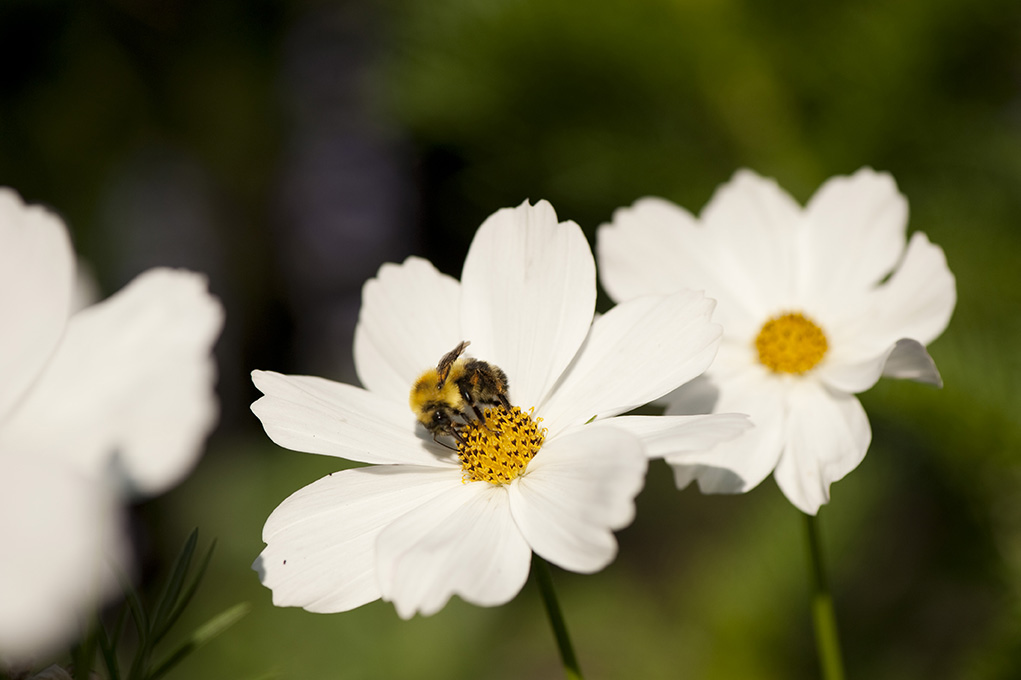
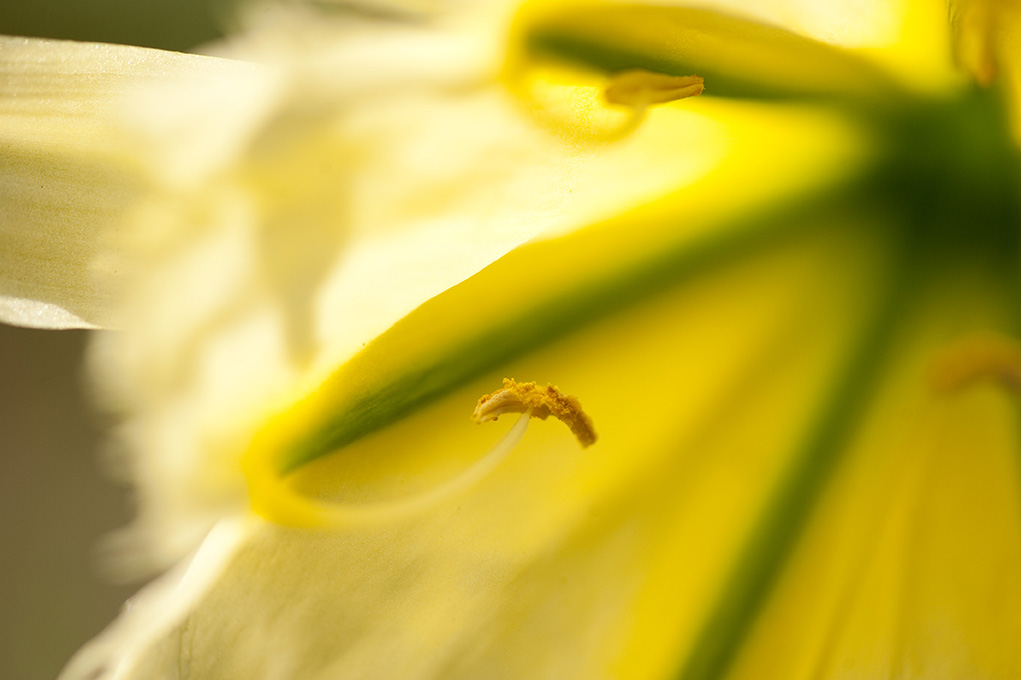
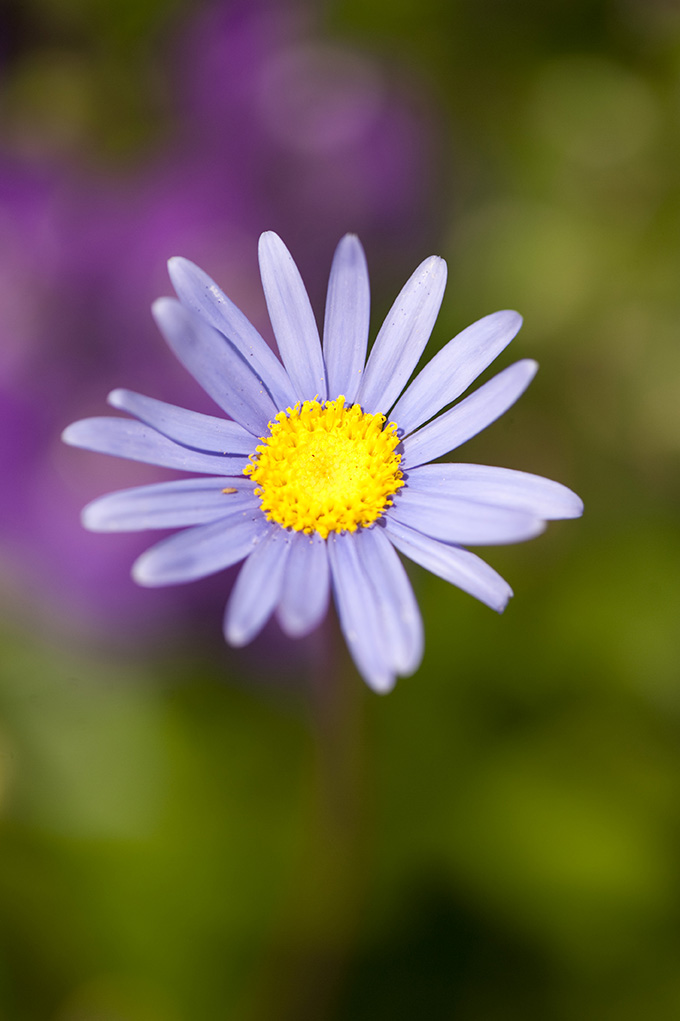
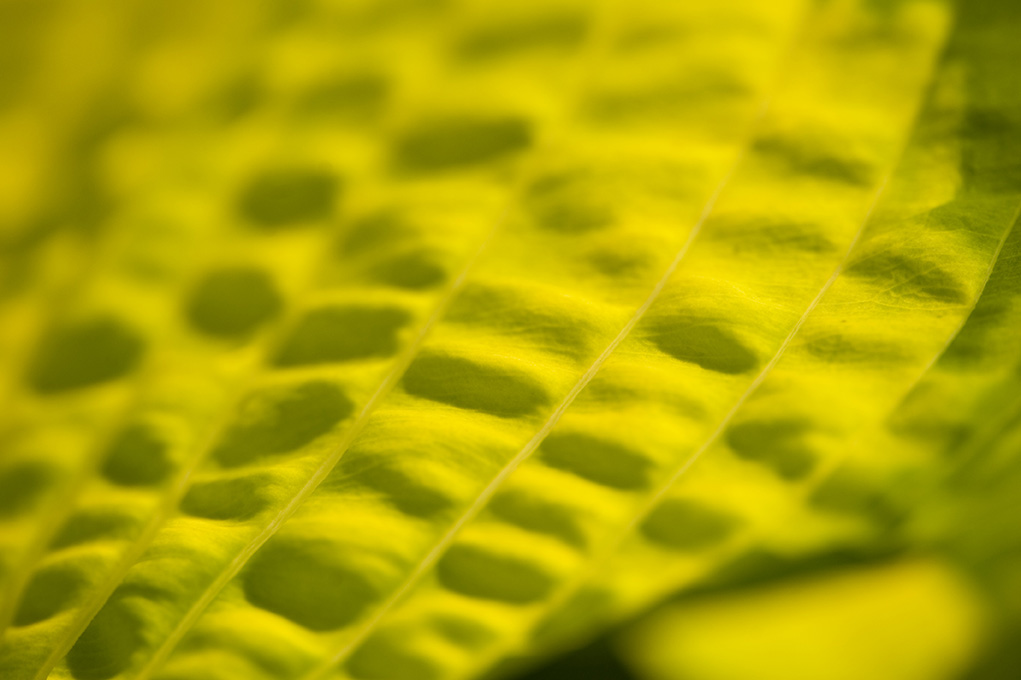
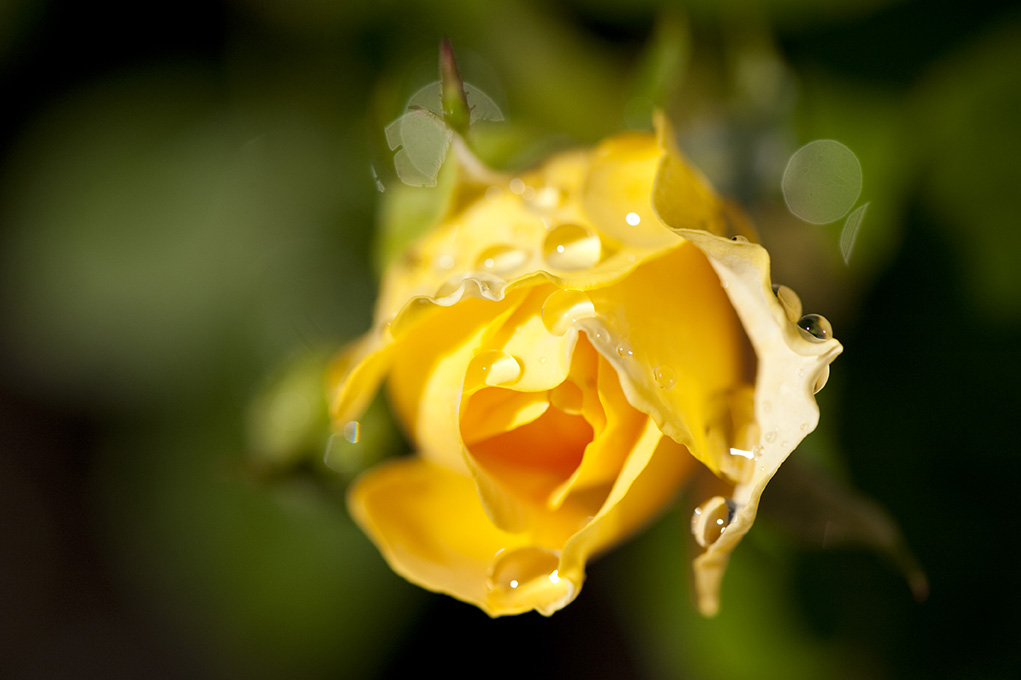
Photos by Ivo M. Vermeulen